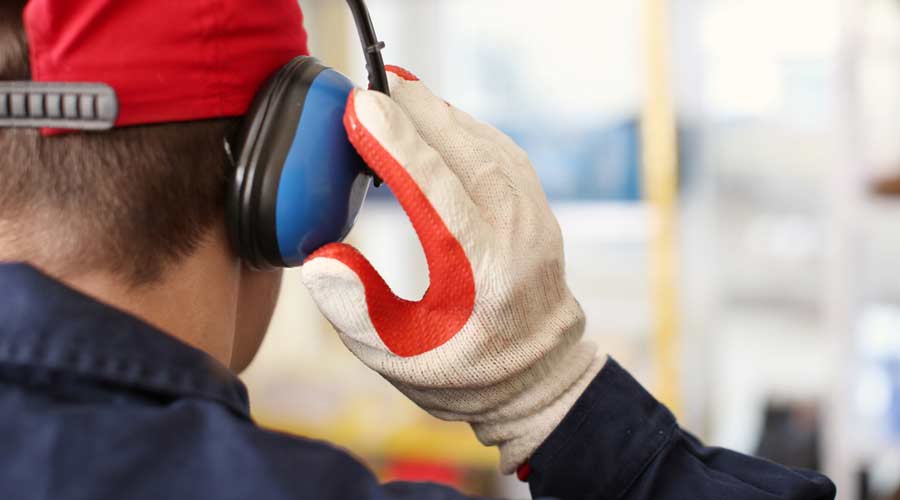
More than one in 10 people endure workplace noise levels loud enough to damage their hearing while seven in 10 experience moderately loud noise levels, the Bureau of Labor Statistics reports. Yet, in 2020, the bureau found that about half the nation’s workers reported not using personal protective equipment (PPE) to protect their hearing.
To reduce these workplace dangers and promote programs to protect workers’ hearing, the U.S. Department of Labor’s Occupational Safety and Health Administration’s (OSHA) Kansas City regional office has established a Regional Emphasis Program to target inspections of general industry and construction workplaces at high risk of noise exposure and to raise awareness among Kansas, Missouri and Nebraska employers of noise hazards and required safety measures.
In 2020, 71 percent of production workers suffered moderate levels of noise exposure and about 25 percent endured loud noise levels. In the construction industry, at least 25 percent of those exposed to noise report hearing loss that impacts their day-to-day activities.
“Hearing conservation programs are designed to protect workers’ hearing and prevent irreversible hearing loss. These programs also provide employers and workers with the knowledge and equipment to control and reduce their exposure to noise,” says OSHA acting regional administrator Steven J. Kaplan in Kansas City, Missouri. “Our Regional Emphasis Program has an outreach phase that encourages employers to address and correct hazards, followed by targeted inspections to ensure employers are taking necessary steps to reduce noise hazards and prevent injuries to their workers.”
By law, OSHA requires employers to implement a hearing conservation program when the average noise exposure over 8 working hours reaches or exceeds 85 decibels, which the Centers for Disease Control and Prevention compares to the sound of city traffic (from inside the vehicle) or a gas-powered leaf blower. To prevent noise-induced hearing loss, OSHA provides employers with hearing conservation guidelines.
In the REP’s initial phase, OSHA will send information to employers, professional associations, local safety councils, apprenticeship programs, local hospitals and occupational health clinics. Agency representatives will also make presentations to industry organizations and stakeholders. The REP will also encourage employers to use OSHA’s free consultation services to help them implement noise safety strategies and ensure compliance with OSHA standards.
OSHA encourages employers to take steps to identify, reduce and eliminate hazards related to high levels of noise during the REP’s initial phase. Following its three-month outreach that began Feb. 28, the REP empowers OSHA to schedule and inspect select general industry and construction employers in Kansas, Missouri and Nebraska with hearing loss rates higher than the national average.

 The Down and Dirty on Cleaning in Virus Season
The Down and Dirty on Cleaning in Virus Season How Surfactant Use is Expanding in Commercial Cleaning
How Surfactant Use is Expanding in Commercial Cleaning Operational Excellence Series 2025: Better Budgeting
Operational Excellence Series 2025: Better Budgeting